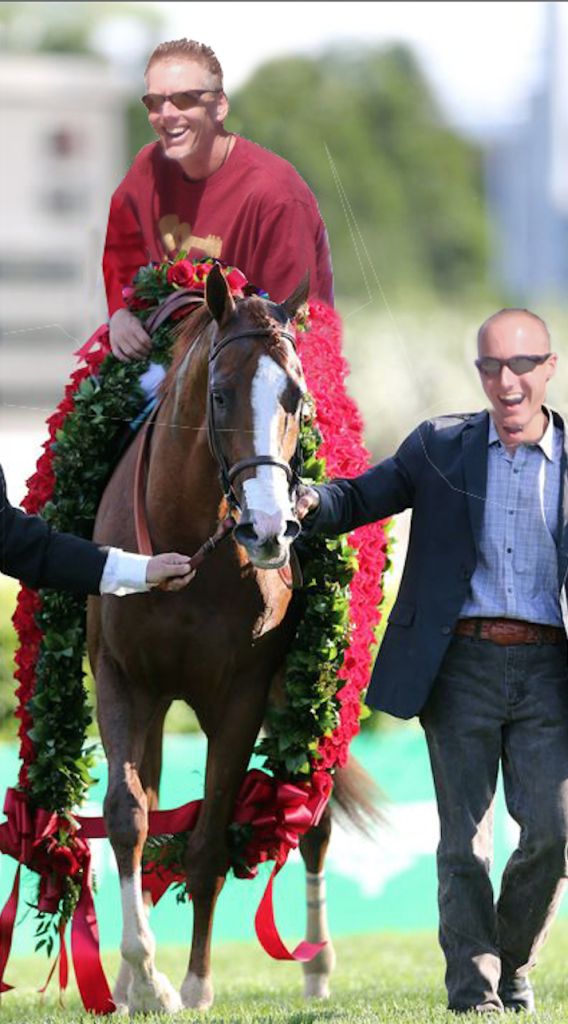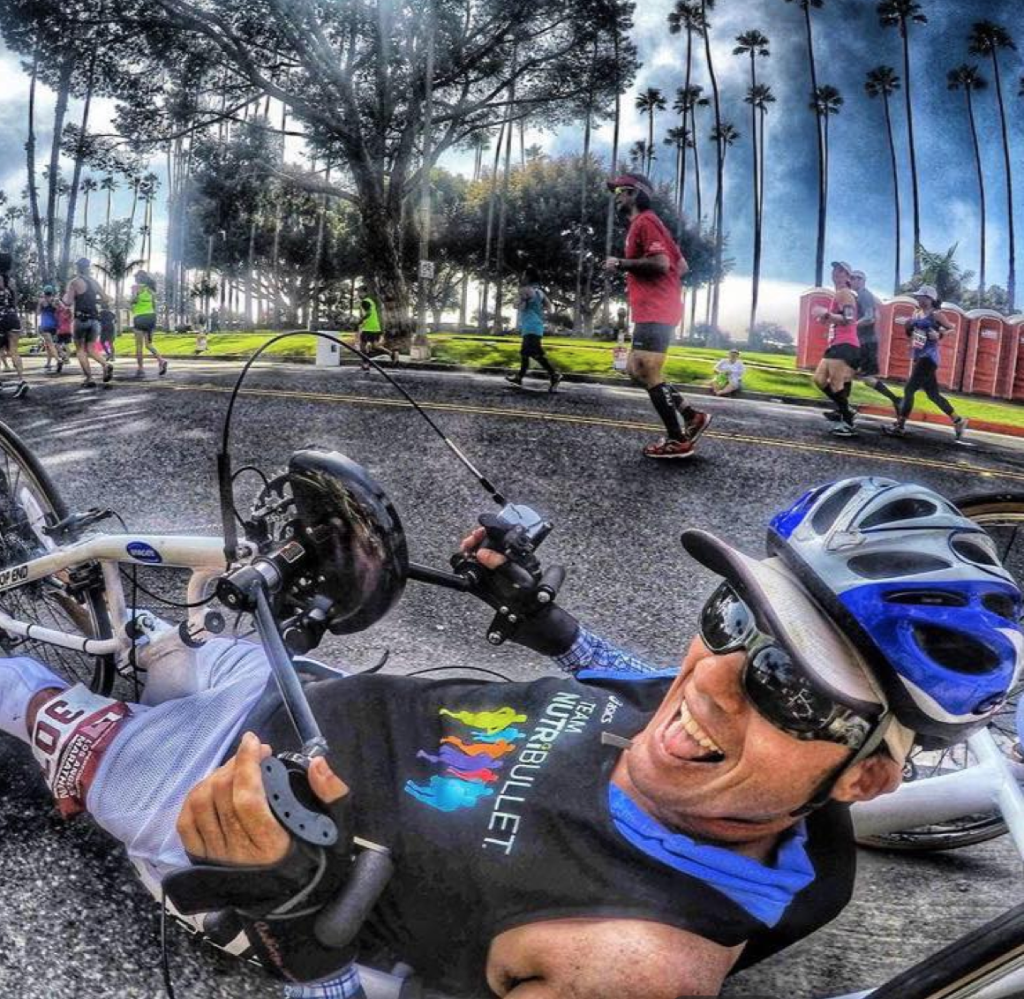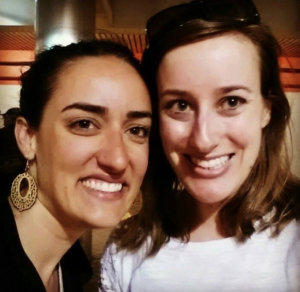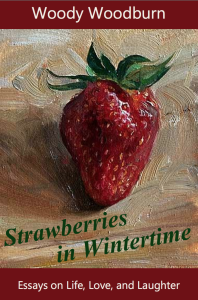 Woody’s highly anticipated new book “STRAWBERRIES IN WINTERTIME: Essays on Life, Love, and Laughter” is NOW available! Order your signed copy HERE!
Woody’s highly anticipated new book “STRAWBERRIES IN WINTERTIME: Essays on Life, Love, and Laughter” is NOW available! Order your signed copy HERE!
* * *
This, That and a Horserace
“This is delicious,” I told my daughter. “Where did you get the recipe?”
“It’s my own,” she answered. “I basically clean out the refrigerator. I call it ‘Kitchen Sink Soup” because I put everything in it but the kitchen sink.”
Today, I serve you a “Kitchen Sink Column” of notes, quotes and other stuff . . .
*
A shoutout of admiration to Brian FitzGerald, the longtime track-and-field coach and athletic director – and English teacher – who announced his retirement after 36 years at Rio Mesa High School.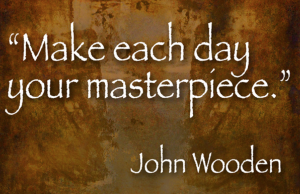
Like many of the best coaches, FitzGerald always considered himself first and foremost a teacher – his “classroom” just happened to be a running track.
Because the lessons he taught his athletes, which included my own son in youth cross country, were about life even more than running, FitzGerald’s retirement made me think of the scene in “Dead Poets Society” when the prep-student played by Ethan Hawke stands atop his desk and salutes his departing teacher, played by Robin Williams, by quoting the title of a Walt Whitman poem: “O Captain! My Captain!” One by one, fellow students do the same.
FitzGerald’s students and athletes might change this heartfelt salute to, “O Coach! My Teacher!”
*
“You can’t lead people unless you love people, and you can’t save people unless you serve people.” – Tavis Smiley, in his commencement speech to DePauw University’s Class of 2016.
*
Add Smiley: “Today is not refundable. Make the most of it!”
*
I love the wisdom in this text conversation that my friend Pattie Braga shared, calling it: “Lessons from my daughter posted at 1 a.m. (4 a.m., my time).”
“Mom, I really need a milkshake”
“What?!? It’s too late to be eating. And pull up your shirt” (responding to an attached photo of her daughter with a milkshake).
“It’s never too late for a milkshake”
(Smiley face emoji) “Good night sweetie”
“Goodnight Mommy”
Lesson II: It’s also never too late to text your mom.
*
“Insanity,” Albert Einstein said, “is doing the same thing over and over again and expecting different results.”
Insanity is also doing nothing – about gun reform – over and over again and expecting different results.
*
Add guns. Here’s a wild thought: Since women were denied the right to vote until the 19th Amendment was added in 1920, and since men have a near monopoly as perpetrators of shooting crimes, how about revising the Constitution to allow only women the right to bear arms for the next 144 years?
*
Donald Trump using a teleprompter looks like he’s watching a tennis match in slow motion. Just saying.
*
Stunning and sad statistic: Fewer than half of U.S. children under age 5 are read to daily.
This summertime, let’s do better!
*
A few weeks past, I asked you readers to help choose a name for the thoroughbred racehorse that I have been given the opportunity to christen in my honor.
The ballots stampeded in, more than 100 in fact, and out of the gate it was neck and neck and neck between Streakin’ Woody, Runs On Guinness, and Masterpiece Day.
A few write-in votes were also cast, including: Horsey McHorseface from Amy Bruder; Be Quick from Paul Olmsted in reference to John Wooden’s maxim, “Be quick, but don’t hurry”; Streakin’ Day from Ginger White; Streakin’ Woody Runs On Guinness Creating A Masterpiece Day from Kym King; and Woody’s Masterpiece Guinness Streak from Diane Underhill.
As the count continued, Runs On Guinness ran out of steam and Masterpiece Day and Streakin’ Woody streaked to the front. They traded the lead a few times and here is the announcer’s call coming down the homestretch:
“Streakin’ Woody and Masterpiece Day. Masterpiece Day by a length, now two, now three. Masterpiece Day pulling away. Streakin’ Woody is falling off. Masterpiece Day by six lengths, now seven. It’s a masterful run and Masterpiece Day wins it!”
Masterpiece Day must now be officially approved by a governing board. I’m also still waiting to meet “my” horse. Stay tuned.
And have a masterpiece weekend.
* * *
Woody Woodburn writes a weekly column for The Ventura County Star and can be contacted at WoodyWriter@gmail.com.
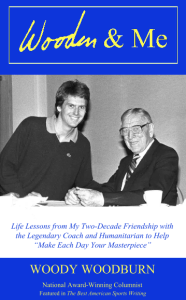 Check out my new memoir WOODEN & ME: Life Lessons from My Two-Decade Friendship with the Legendary Coach and Humanitarian to Help “Make Each Day Your Masterpiece”
Check out my new memoir WOODEN & ME: Life Lessons from My Two-Decade Friendship with the Legendary Coach and Humanitarian to Help “Make Each Day Your Masterpiece”
- Personalized signed copies are available at WoodyWoodburn.com
- Unsigned paperbacks or Kindle ebook can be purchased here at Amazon

